We kicked off the Mobile Gadgeteer blog in 2006 (see that first introductory post) and have seen an incredible evolution in mobile technology — starting from the days when Nokia and RIM phones were in every pocket, UMPCs launched to bring a full computing experience to portable devices, Microsoft SPOT watches were on the wrist, and Microsoft released its iPod challenger with the Zune. Many companies came and went through the years — with some products being released way before their time, and with their potential being realized years after their demise.
It’s been an incredible opportunity to be able to express my passion for mobile technology through words and images here on ZDNet for the past 15 years. I’ve worked with an amazing editorial team, led by David Grober, and appreciate all the readers that have followed my journey and interacted with me in the comments section and on Twitter. I also joined Twitter 15 years ago as Twitter user number 2821.
Also: Palmsolo’s Star Wars office: Product boxes, drawers of phones, and multiple screens
With more than 5,000 articles on ZDNet, including those on the Smartphones and Cell Phones blog we kicked off in September 2008, there is no way I could take a detailed walk down memory lane. Instead, let’s recall a significant device, technology, company, or event from each of the past 15 years.
Let me know something that I covered over this period that was important to you in the comments section. Thanks again dear readers and followers. Without your participation and encouragement, it would be hard to keep pounding away at the keyboard.
2006
Microsoft Zune and subscription music
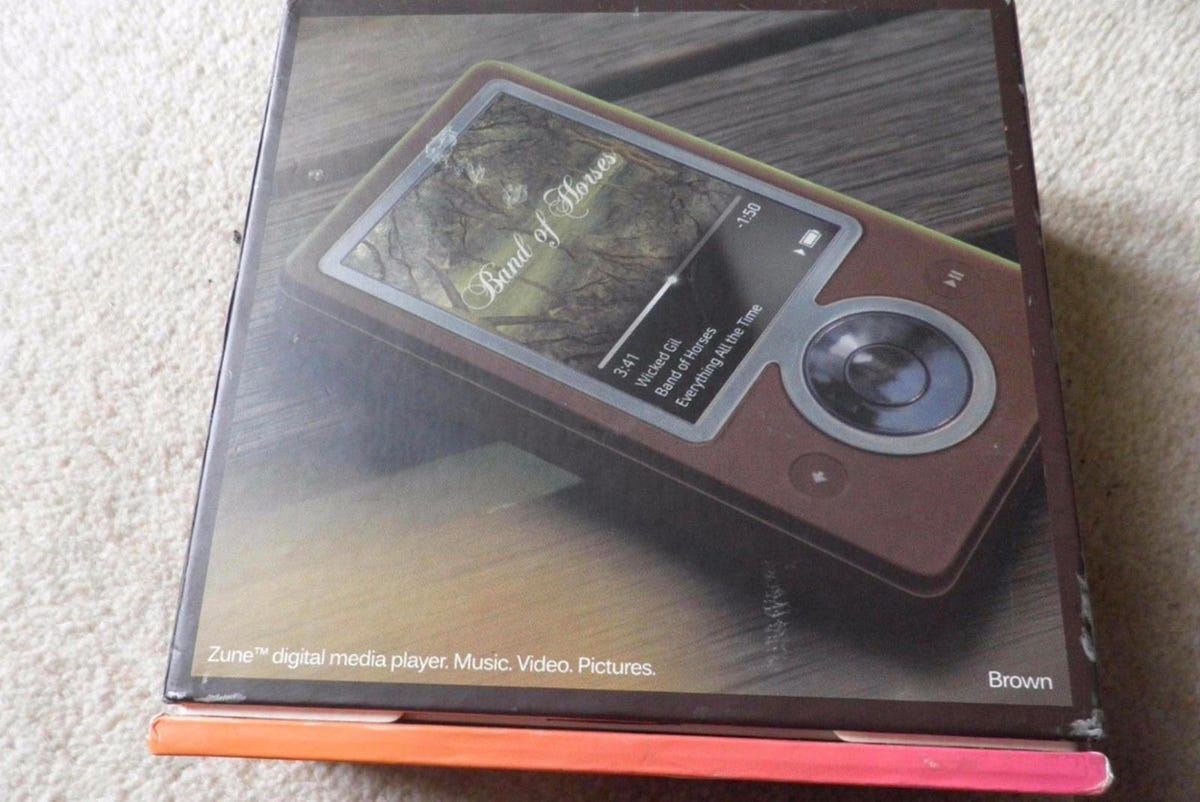
Microsoft’s mobile past is mostly a disappointment, with promising hardware and software matched with failed strategies and a lack of long-term support. The Microsoft Zune was first released in 2006 to take on the Apple iPod, but what made it unique was its subscription music service. While I was a fan, check out my December 2006 article, people didn’t seem ready to pay monthly for unlimited music.
Jump ahead 15 years and now it is rare to hear of people who own MP3 music while nearly everyone subscribes to services offered by Apple, Spotify, Deezer, Amazon, and others.
2007
Apple releases the first iPhone
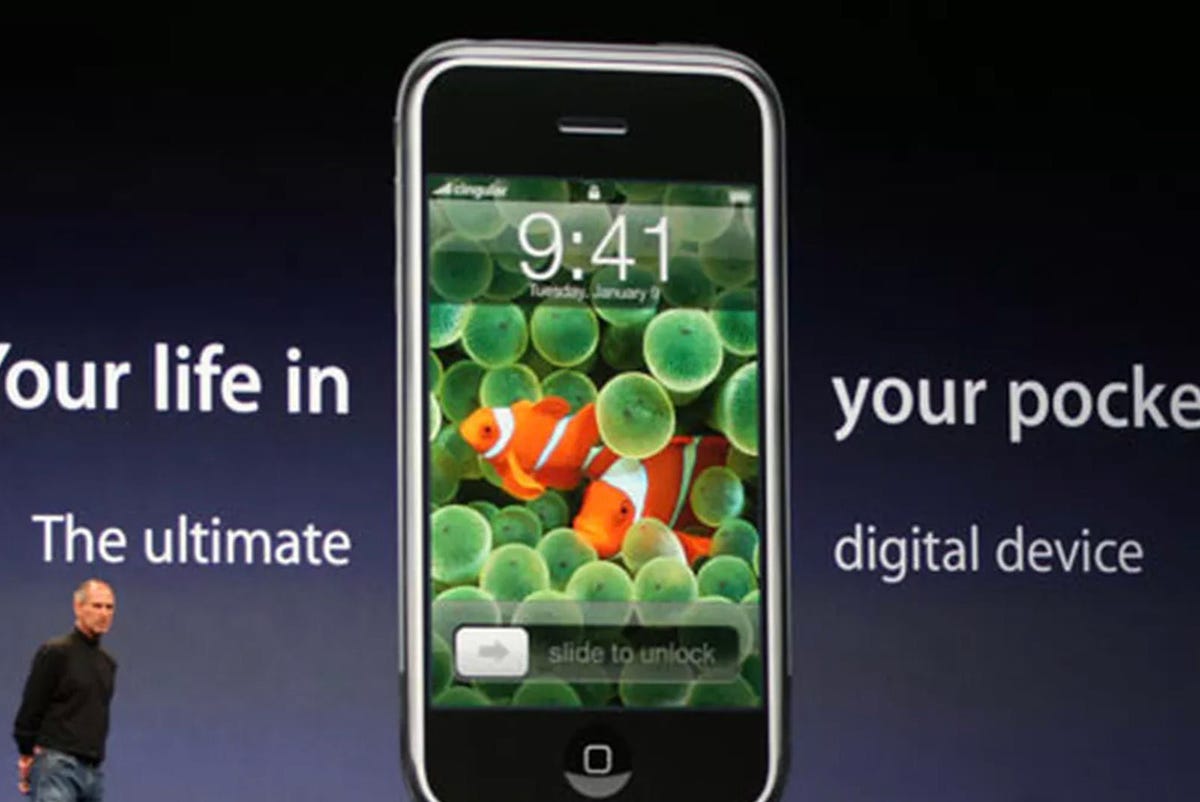
In a bold move, Apple took the wind out of the sails during CES 2007 when it held its own Apple iPhone launch event. I remember being in Vegas and all everyone could talk about was the new iPhone. I ended up camping with my daughters in front of an AT&T store as the first customer to purchase an original iPhone.
While the iPhone didn’t stack up well, in terms of specs and capability, with the latest from RIM, Nokia, Palm, and Microsoft, the capacitive touch screen and user interface were indeed revolutionary and set the bar for future smartphones.
2008
Google launches its first Android smartphone
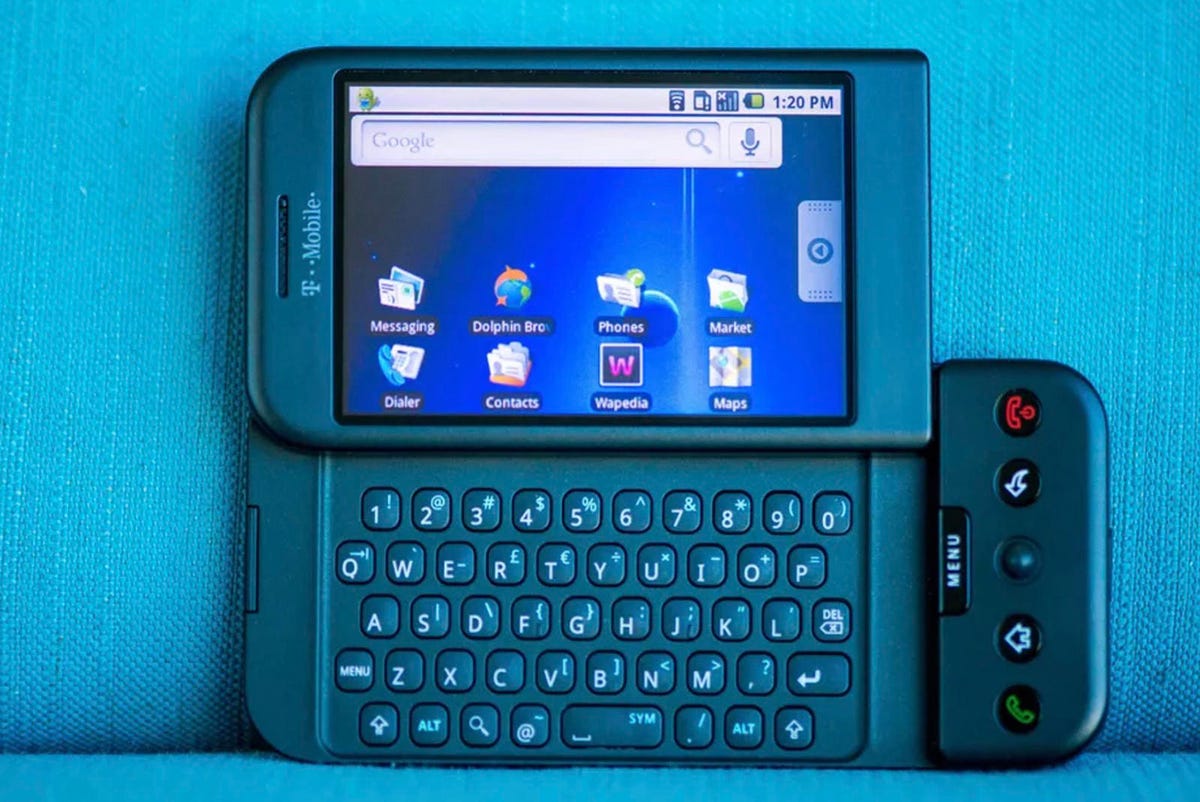
There was a ton of UMPC, Palm, Windows Mobile, and RIM BlackBerry coverage in 2008, but I fondly recall writing my most extensive review ever about the T-Mobile G1 Google Android smartphone. I made one of my first trips to a launch event in NYC and then put together more than 260 images (including screenshots of every screen available on the device) and five videos into my review.
The T-Mobile G1 still stands out with its unique form factor where the display swiveled up to reveal a hardware QWERTY keyboard. This phone had it all, and while the UI wasn’t as refined as what we saw on the iPhone, the phone was extremely powerful and customizable.
2009
Palm Pre with WebOS
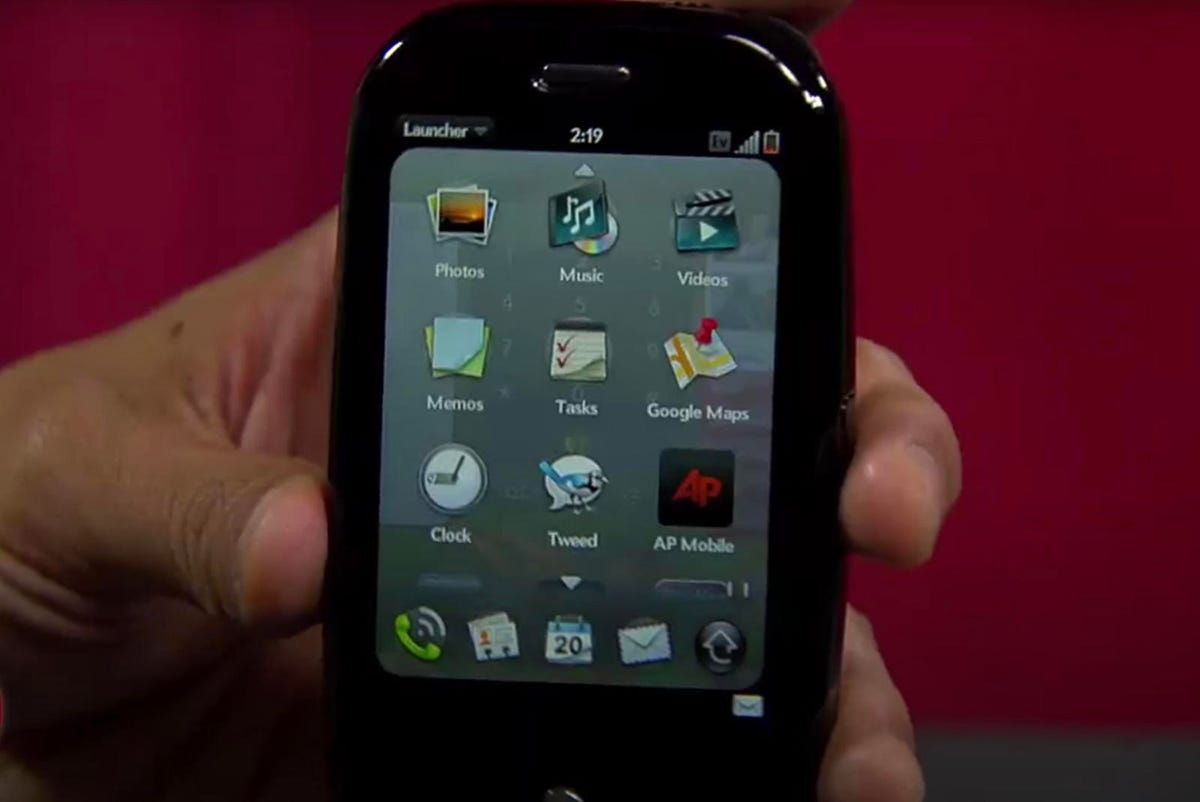
Despite the creepy ad, I was very excited for the release of the Palm Pre that was announced at CES in January 2009. I was on a business trip when the phone was released, but stood in line at a Sprint store to buy one. Back in the day, some phones were carrier exclusives in the US. The first iPhone was only available at AT&T and the Palm Pre was only available from Sprint.
As a longtime Palm PDA user, since 1997, I was very excited to see the fluid OS that Palm came up with for its smartphones. It was an interesting device with lots of power, but the hardware quality was lacking, it was a carrier exclusive, and the iPhone was more popular with the masses.
2010
Apple releases first iPad tablet
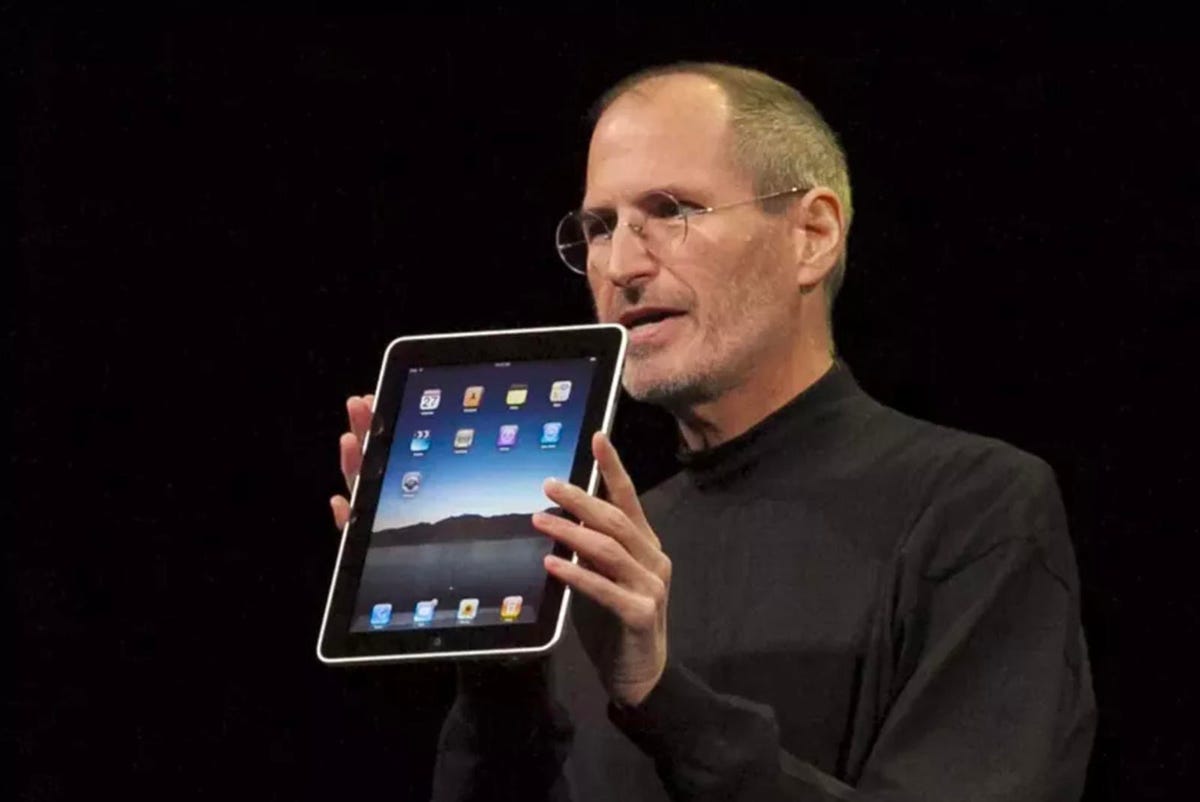
In 2020, we saw Apple release its first tablet with the original iPad. Of course, I had to buy one and write about it for ZDNet — with the intent to have my mother-in-law use it as her only computer. Back then, that wasn’t possible, but with so much provided today through the cloud, I honestly think an iPad would be perfect as her only computer today.
As we can see from this first iPad from 2010, the interface looks very similar and my personal iPad today is still primarily used for content consumption and as a companion to my iPhone.
2011
LTE debuts on the HTC ThunderBolt LTE
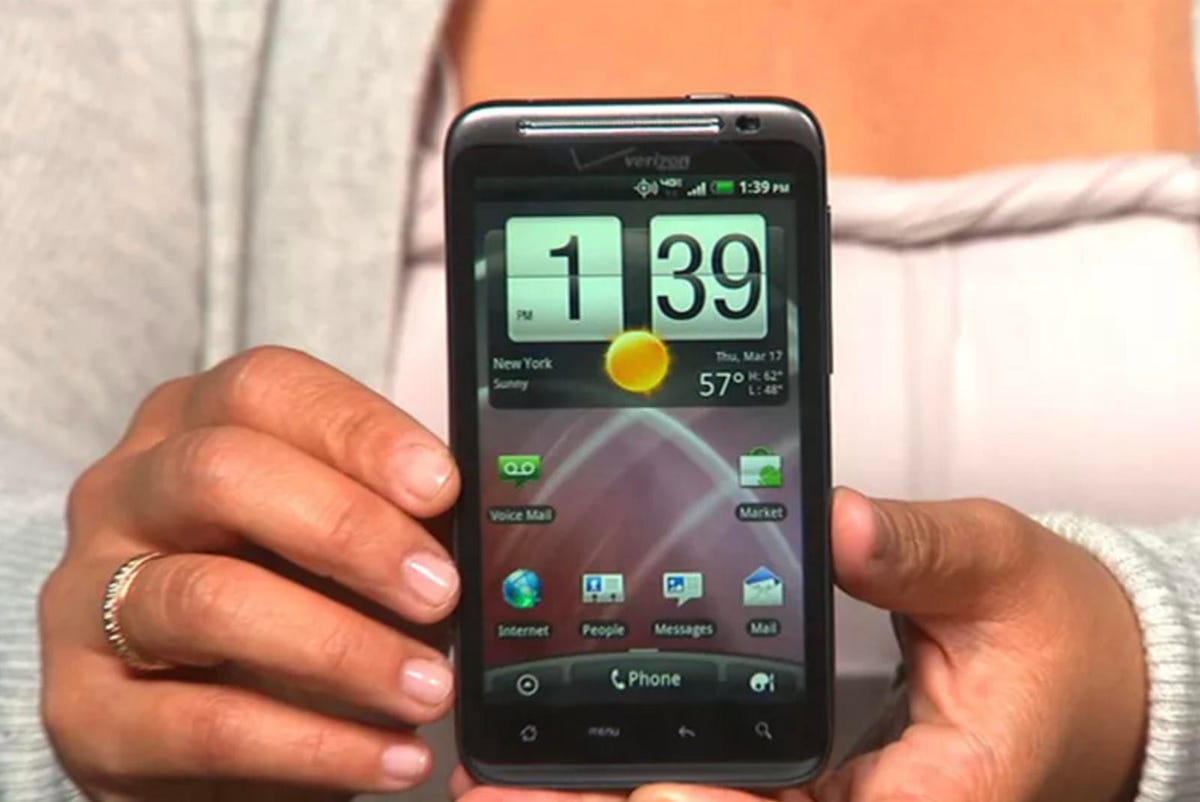
HTC set a lot of firsts in the mobile industry, and in 2011, it launched the first LTE smartphone in the US. The download and upload speeds on the HTC ThunderBolt LTE (see our review) exceeded every 4G smartphone on the market, and for getting work done on the go, it was a great device.
The phone sported an early second-generation Qualcomm Snapdragon processor with Android 2.2 and HTC Sense. The battery life was an issue on the phone, but those speeds (13Mbps to 20Mbps) were double what we saw on HSPA Plus and WiMAX at the time.
2012
Nokia 808 PureView offers a glimpse of our camera phone future
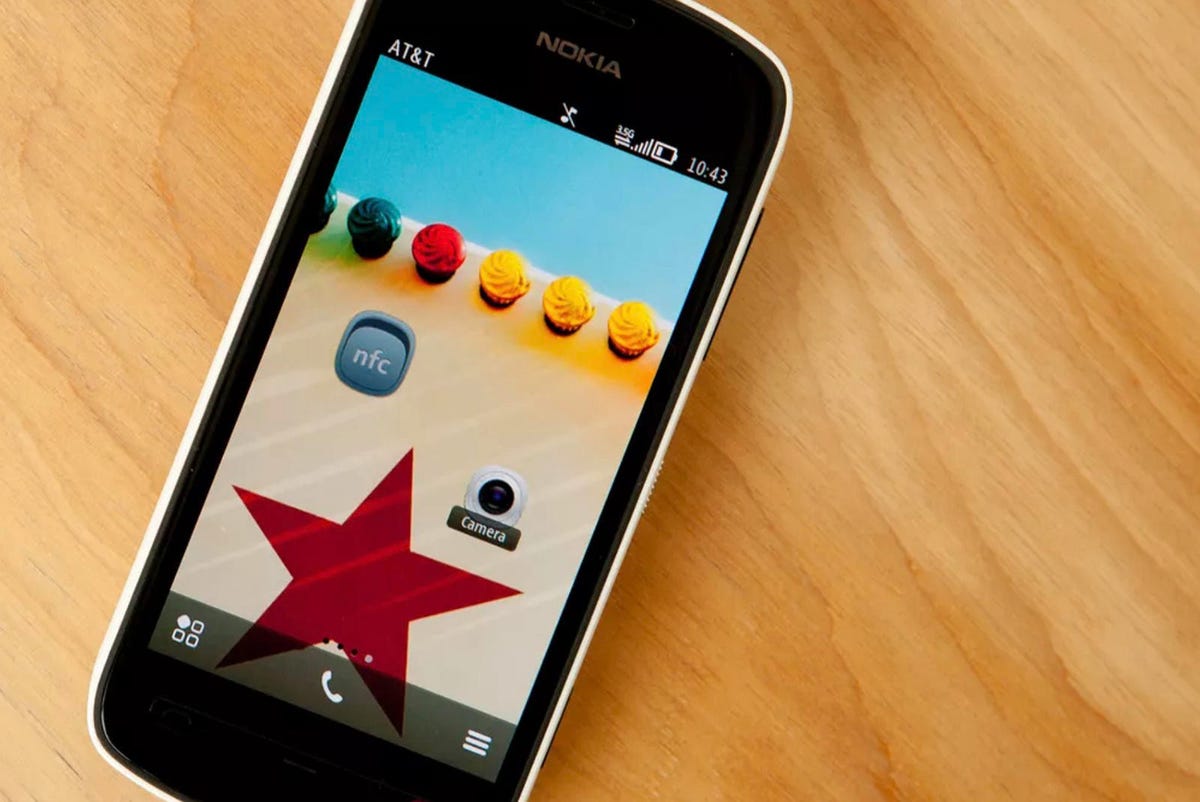
The Nokia 808 PureView was released in mid-2012 with an amazing 41-megapixel camera with Xenon and LED flashlights and Carl Zeiss optics. It was a camera with technology that exceeded all other phones and challenged modern smartphones all the way up to the latest Apple iPhone 12 Pro Max.
I was a heavy Symbian/S60 user, and the PureView 808 (see one of my review articles) launched as Symbian’s OS was getting squeezed out by iOS, Windows Phone, and Palm’s WebOS. I still have my white PureView 808 and use it occasionally to test out camera capabilities in phones today.
2013
Microsoft purchased Nokia’s devices and services unit
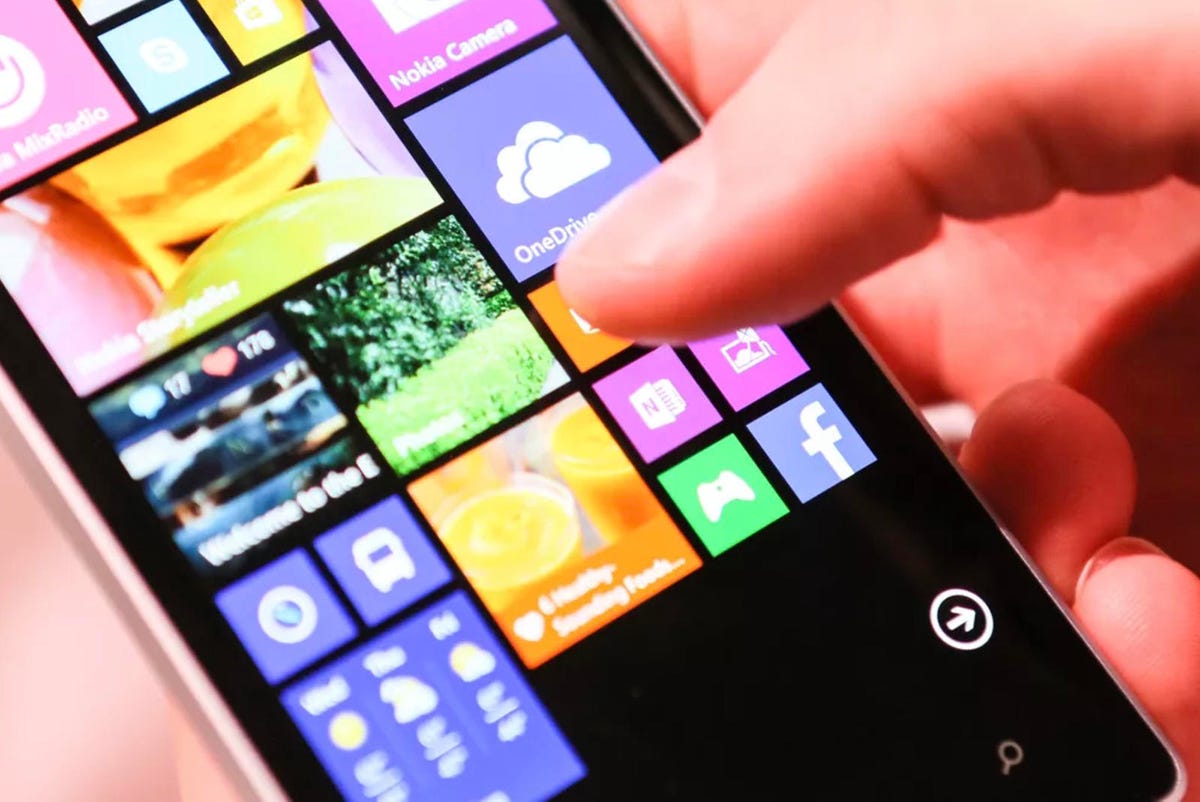
In September 2013, Microsoft announced it was purchasing Nokia’s devices and services unit after Nokia had spent the past couple of years releasing Windows Phone hardware. The purchase was met with all kinds of speculation, and as we saw years later, Microsoft let Nokia and Windows Phone rot on the vine.
Microsoft’s operating system didn’t help, despite the fantastic and thoughtful UI.
I have to also mention the HTC One M7 Android smartphone that released in 2013 still stands out as one of my favorite smartphones of all time.
2014
Microsoft Surface Pro 3 and OnePlus smartphone
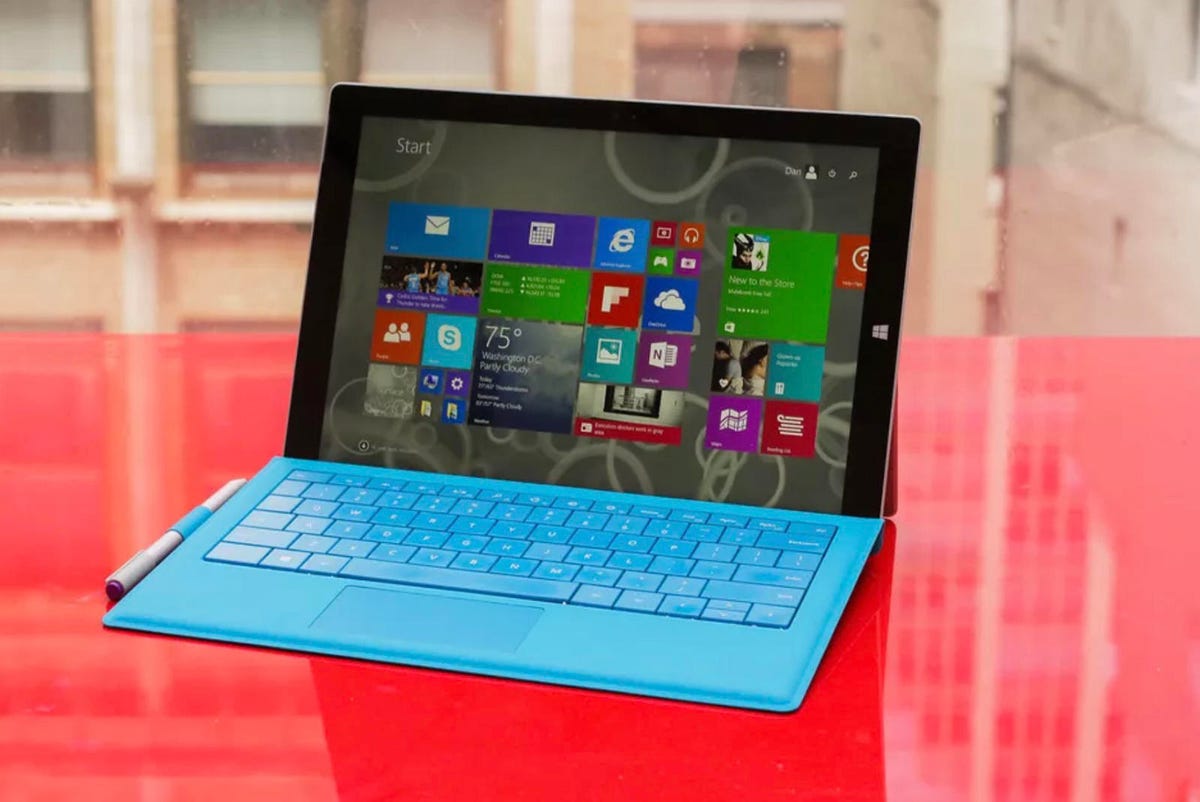
Microsoft released the Surface Pro 3 in 2014, and as I wrote a year later, it was my favorite computer ever. I continued to upgrade since then, and the Surface Pro 6 is my current daily driver for my professional engineering career.
OnePlus also debuted its first smartphone with a rather strange invite-only system. The phone launched at half the price of flagship phones and offered similar specs and experiences.
2015
Apple Watch debuts
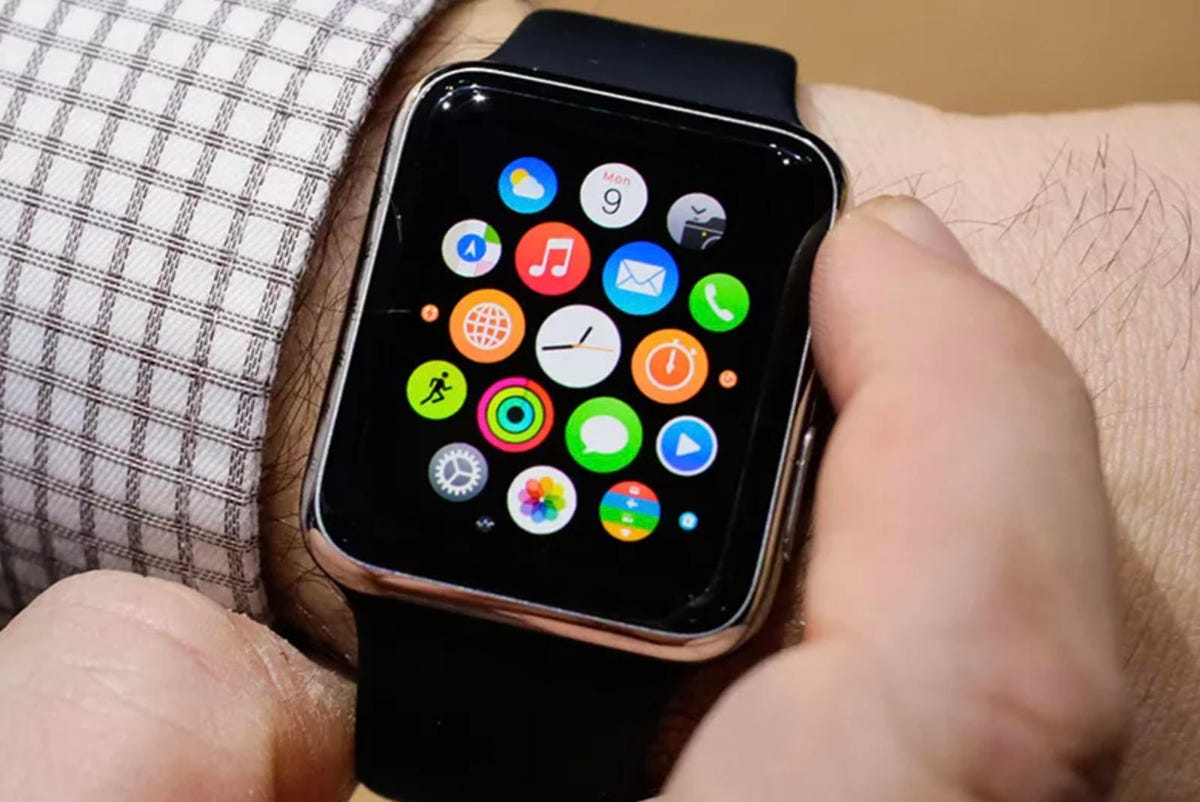
A few months after Pebble announced that it had sold over one million smartwatches, Apple announced its entry into the wearable market. Three months after owning one, I wrote that it was the best Apple product I’ve ever purchased, and today, it is arguably the best smartwatch available.
The first generation was powerful and brought applications to the wrist on a level we had not seen before. Since then, we have seen a similar form factor with a focus on health and wellness.
2016
Samsung Galaxy Note 7 recall

I sold three smartphones on Swappa to purchase a lovely coral blue Samsung Galaxy Note 7 and was very pleased with my expensive purchase. After giving it a near-perfect score, that review has since been pulled, and Samsung issued a global recall for all Note 7 smartphones due to reports of exploding batteries.
It was an unprecedented recall in the mobile world and impacted Samsung for years. Airlines wouldn’t let you carry a Note 7 on a flight, it wasn’t safe to keep stored in your home or office, and it was one of the most dramatic events we’ve seen in the mobile space. Samsung went back to the drawing board on its battery designs and has since overcome the recall the rocked the world in 2016.
2017
Apple releases iPhone X, celebrating 10 years of the iPhone
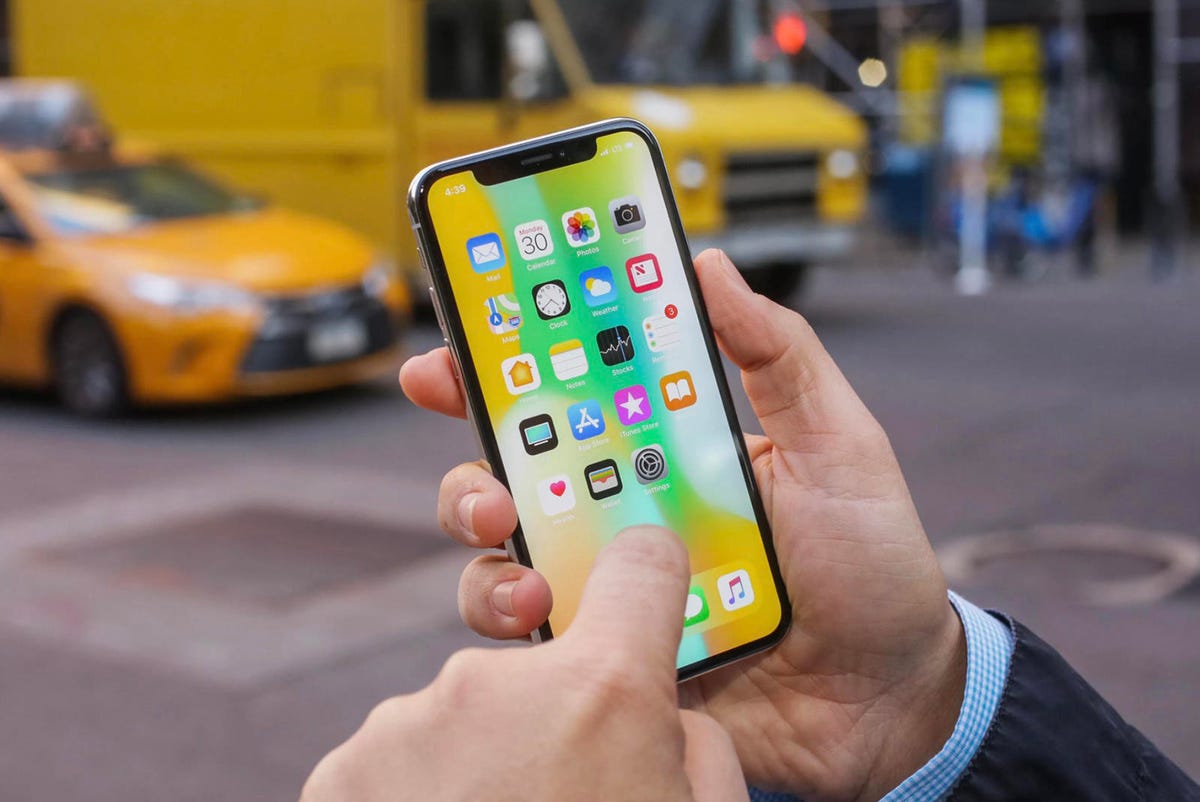
As Apple celebrated 10 years since the original iPhone release, it added a unique iPhone to the mix with the iPhone X that did away with the traditional front button and went to an all swipe UI. It quickly became one of my favorite phones ever, and I was sold on the compact form factor and full-screen user experience.
Face ID was a new way to secure and then unlock your phone, and it was glorious how seamlessly it worked. It was expensive at $1,000 starting price and also helped launch the reality of $1,000 phones.
2018
COROS launches Pace GPS sports watch

The GPS sports watch world has been dominated by the likes of Garmin, Polar, and Suunto for many years. In 2018, we saw a newcomer, COROS, release the Pace GPS sports watch with outstanding battery life and an affordable $300 price.
Since the 2018 launch, we have seen COROS support its devices for years while continuing to greatly expand its smartphone application, core team of influencer athletes, and the number of available wearables. COROS watches are highly recommended and continue to push other manufacturers to improve as well.
2019
Samsung Galaxy Fold makes foldable phones a reality
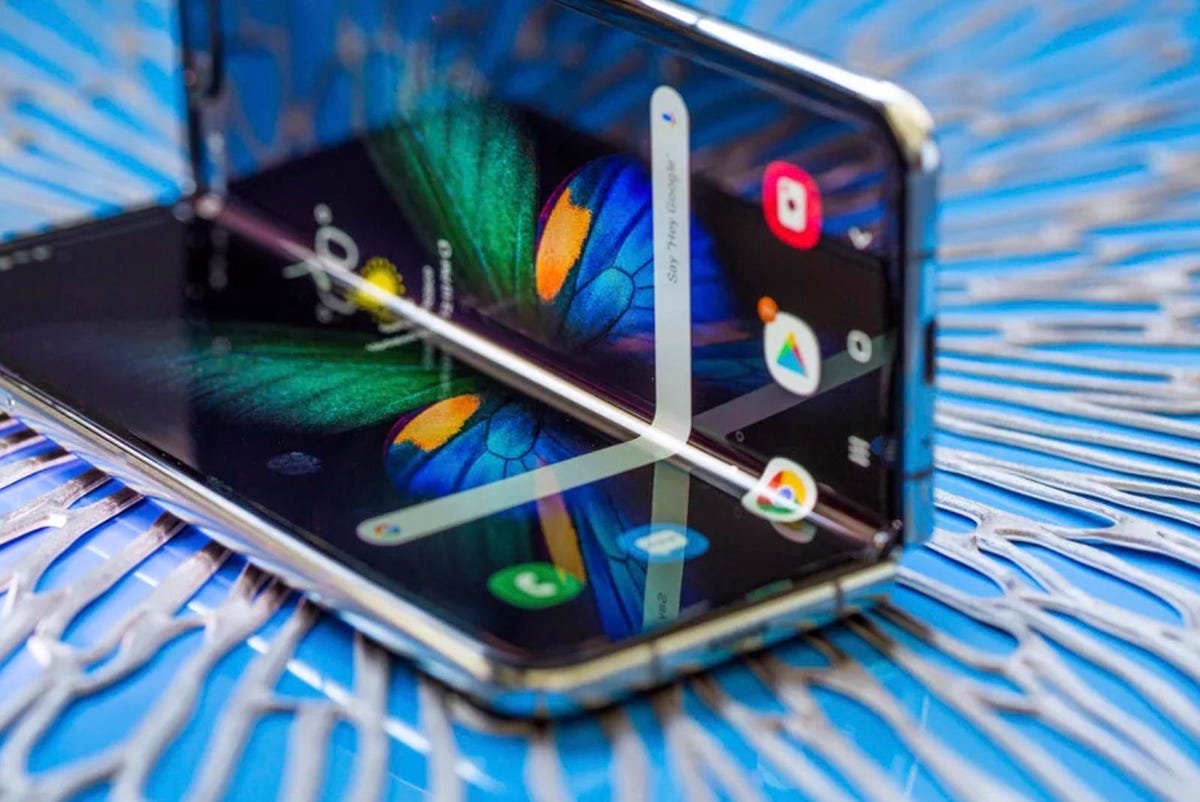
After stumbling early in 2019 with a release to select reviewers, Samsung engineers went back to work and release a refined Samsung Galaxy Fold in late 2019 for $2,000. It was clearly the most innovative smartphone of 2019 and proved that Samsung could release a foldable phone that helped you get work done.
I kept my original Galaxy Fold for a few months and then bought the Z Fold 2 in 2020, as well. Samsung continues to improve its folding screen technology and we should see more great things from the company in 2021.
2020
5G becomes a nationwide network technology

Just about every phone released in 2020 supported 5G technology, with T-Mobile, Verizon, and AT&T having nationwide networks active for users. 5G was important in 2020 due to the global pandemic that forced people to work remotely while also having kids go to school from home. With Wi-Fi networks overloaded in homes, 5G provided another wireless technology to stay connected.
T-Mobile’s acquisition of Sprint was completed in 2020, so T-Mobile now supports low-, mid-, and high-band 5G across the US. We have tested phones across all three bands and are believers in 5G technology.
2021
Goodbye LG, thanks for all the fish

I regularly wrote that LG was the Rodney Dangerfield of the smartphone world, never getting the respect it deserved. LG had its share of miscues, but it also brought some amazing innovations to the smartphone world and we see many of these incorporated into current devices.
In April 2021, LG announced it would be closing down its mobile business on July 31. I loved that LG was bold enough to try out unique form factors, and in many cases, it offered excellent solutions for the enterprise.
I still argue that the LG V60 with its Dual Screen cover was one of the best ways to add a second display with the flexibility to pop out one side for a more portable standard phone experience. LG even included fantastic stylus support on the V60, and it’s a shame to see this company leave this space, just as we have seen so many others over the past 15 years.






















